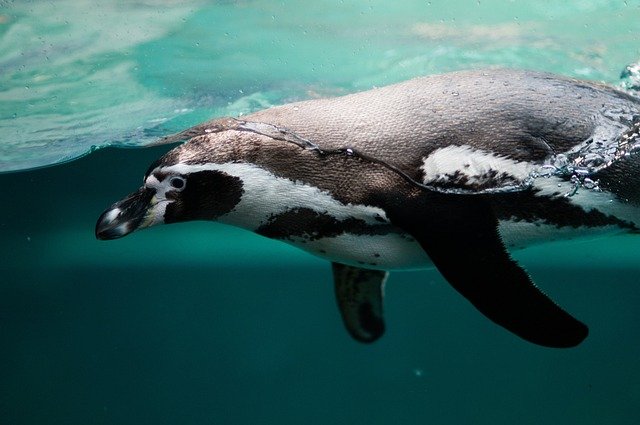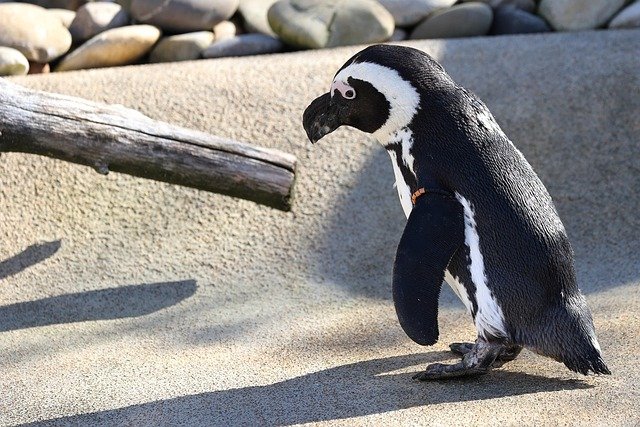
The Social Lives of Penguins: Unpacking Their Unique Communication and Social Structures
Penguins are fascinating creatures that have captured the hearts of many with their charming waddles and striking black-and-white plumage. However, beyond their adorable appearance lies a complex social structure and a rich tapestry of communication methods that are essential for their survival in the harsh environments they inhabit. In this post, we will delve into the social lives of penguins, exploring their communication styles, social hierarchies, and the importance of community in their daily lives.
Communication: The Language of Penguins
Penguins are known for their diverse vocalizations, which they use to communicate with each other. Each species has its own unique set of calls, ranging from braying sounds to trumpeting calls. Here are some key aspects of penguin communication:
Vocalizations
Mating Calls: During the breeding season, male penguins often engage in elaborate vocal displays to attract females. These calls can vary in pitch and intensity, signaling their fitness and readiness to mate.
Chick Communication: Parent penguins and their chicks have specific calls that help them recognize each other. Chicks have distinct vocalizations that allow them to call for food or comfort from their parents.
Body Language
In addition to vocalizations, penguins also communicate through body language. This includes:
Posturing: Penguins may puff up their chests, bow, or engage in elaborate courtship dances to signal their intentions, whether for mating or establishing dominance.
Physical Contact: Penguins often use physical touch, such as preening or nudging, to reinforce social bonds and maintain relationships within their colonies.
Social Structures: The Penguin Community
Penguins are highly social birds that thrive in colonies, which can range from a few hundred to several thousand individuals, depending on the species. Their social structures are characterized by a few key features:
Hierarchical Systems
Within these colonies, penguins establish social hierarchies. Dominance can be determined by factors such as size, age, and breeding success. Dominant individuals often have better access to resources, such as prime nesting sites and food.
Cooperative Breeding
Many penguin species exhibit cooperative breeding behaviors, where multiple adults help raise a single brood of chicks. This communal care increases the survival rate of the young and strengthens social bonds among the adults.
Social Bonds
Penguins form strong social bonds with their mates and other colony members. These relationships are crucial for survival, as they provide support during breeding, foraging, and protection against predators.
The Importance of Community
The social lives of penguins are not just fascinating; they are essential for their survival. The benefits of living in a community include:
Protection from Predators: Large colonies provide safety in numbers. Penguins can warn each other of approaching threats, increasing their chances of survival.
Resource Sharing: Living in a colony allows penguins to share information about food sources. This collective knowledge is vital in the harsh environments they inhabit.
Emotional Support: Social interactions provide emotional benefits, reducing stress and fostering a sense of belonging among colony members.
Conclusion
The social lives of penguins are a testament to the complexity of animal behavior and communication. Their unique vocalizations, social structures, and strong community bonds highlight the importance of cooperation and social interaction in the animal kingdom. As we continue to study these remarkable birds, we gain a deeper understanding of their behaviors and the ecological roles they play in their environments.
Next time you see a group of penguins waddling together, remember that there’s much more happening beneath the surface of their charming exterior!
